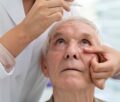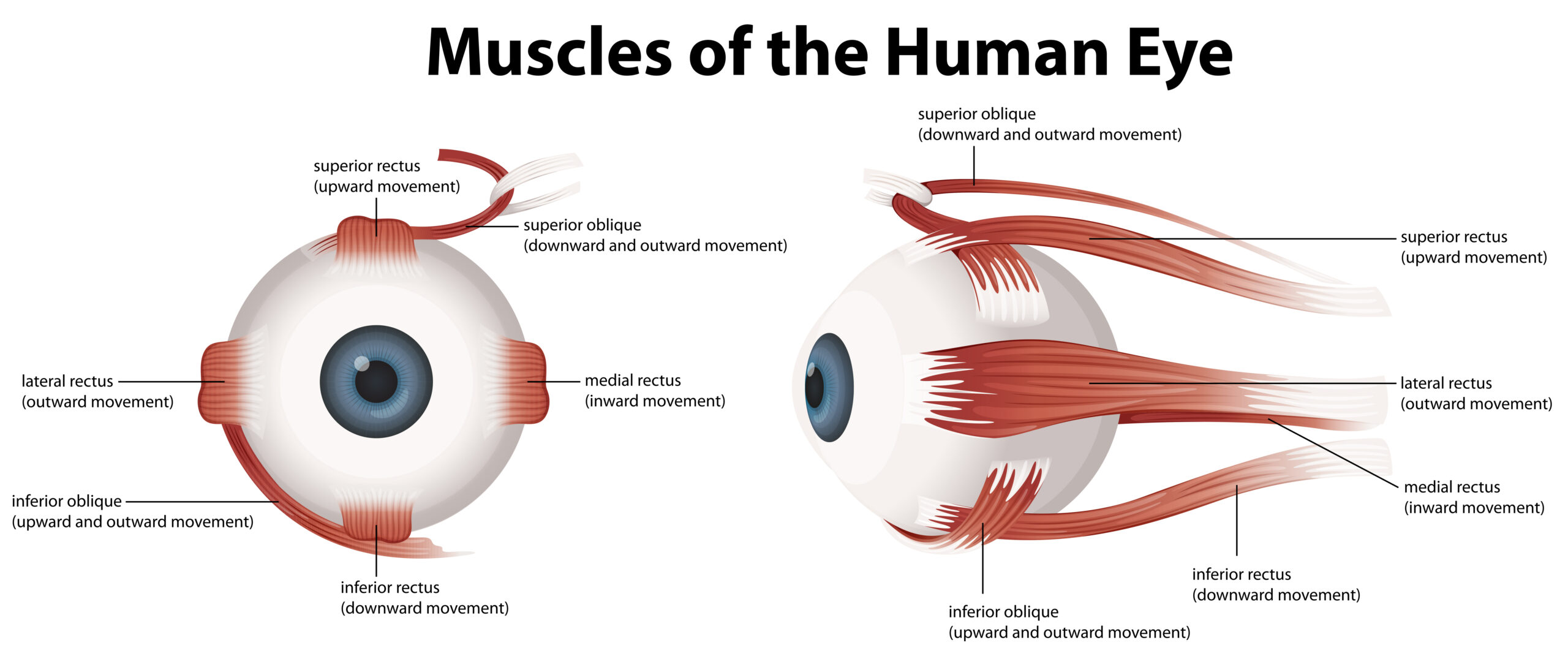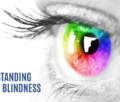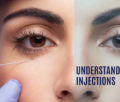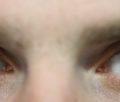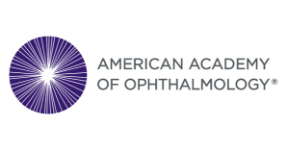Table of Contents
What is myopia?
Myopia is a condition in which the eye does not focus properly. It is also known as “short-sightedness” or “near-sightedness.” People with myopia can see more clearly at near distances, and have blurred vision at long distances.
Myopia is the most common focusing or vision disorder around in the world. The prevalence of myopia in children varies between countries and ethnic backgrounds, being over 50% in some Asian countries and about 15% in Australia. Unfortunately, the numbers are rising rapidly all around the world.
The economic cost of myopia is huge, estimated at an annual US$250 billion worldwide.
Symptoms of Myopia
- Blurred vision at a distance: This is the most common symptom of myopia, and it can make it difficult for children to see things clearly beyond a certain point, such as the whiteboard in school or street signs while walking.
- Squinting: Children with myopia may squint to try and focus on distant objects, which can cause eye strain and headaches.
- Difficulty seeing at night: Myopia can make it harder to see in low-light conditions.
- Holding objects close to the face: Children with myopia may hold books, phones, or other objects close to their face to see them more clearly.
- Headaches: Eye strain associated with myopia can sometimes lead to headaches.
What causes myopia?

Myopia occurs when:
- the eyeball is longer than average (most common cause), or
- the cornea of the eye (clear window at the front of the eye) is too steep.
Sometimes myopia is associated with specific conditions that affect the eye and/or the body. In most cases, however, it is not related to any other associated eye conditions.
Genetic Factors: There is strong evidence suggesting a genetic predisposition to myopia. Children with myopia often have at least one family member, usually one or both parents, who also has the condition.There is strong evidence for a genetic component, and children who have myopia often have another family member (usually one or both parents) with the condition. In addition, behavioral and environmental factors have also been shown to be involved.
Behavioural and Environmental Factors:
- Time spent outdoors: In many population groups, total time spent outdoors has been shown to be associated with less myopia. This suggests a protective effect of outdoor activity and exposure to natural light.
- Prolonged Near Work: Prolonged near work has been associated with myopia, but not consistently and not in all populations. Recent evidence suggests that the intensity of near work, i.e. sustained reading at a closer distance (less than 30 cm) with fewer breaks may be more important than the total cumulative hours of near work.Recent evidence suggests that the intensity of near work, i.e. sustained reading at a closer distance (less than 30 cm) with fewer breaks may be more important than the total hours of near work.
- Screen Time: Excessive screen time, including prolonged use of computers, tablets, and smartphones, has been associated with an increased risk of myopia, particularly in children. The visual demands of screen-based activities may contribute to the development and progression of myopia.
How does myopia affect a child’s vision?
Myopia affects a child’s ability to see both at home and at school, particularly the whiteboard or screen at the front of the classroom.
Children may complain of blurred vision, difficulty focusing, needing to squint, and/or suffering headaches.
What are the problems with myopia?
A high degree of myopia is associated with an increased risk of vision loss from complications associated with the abnormally long eyeball. These include retinal detachment, macular problems, glaucoma, and cataract.
When is myopia diagnosed?
Myopia typically starts in childhood and is usually diagnosed between 5 – 12 years of age. As the child is growing, so does the eyeball. Faster than average growth of the eye can lead to progression (worsening) of myopia until the person is around 20 years of age, or older.
Treatment options for myopia
- Glasses or Contact Lenses: Corrective lenses are commonly prescribed to help individuals with myopia see clearly. It is important that the prescription is accurate, and not underpowered.
- Laser Refractive Surgery (e.g., LASIK): This option is generally considered for adults once their refractive error has stabilised, indicating that their eyes have stopped growing.
In progressive childhood myopia, near-sightedness often begins in early childhood and progresses as the child grows.
Many parents, who often have high myopia themselves, ask me about why progressive myopia occurs and ways to slow down the progression. In childhood, there is an opportunity to try to slow the progression of myopia, which can reduce the risk of long-term complications.
Multiple treatment options have been attempted and researched:
- Environmental/behavioral interventions
- Low-concentration atropine eye drops
- Special contact lenses or special lenses in glasses
- Orthokeratology (corneal-reshaping technology, rigid contact lenses worn at night)
Eye exercises, vitamins or pills DO NOT prevent or cure myopia.
Environmental intervention

All children should have environmental intervention, which has been shown to reduce the progression of myopia. These are:
- At least 2 hours of exposure to natural light every day. This can be direct exposure outdoors or even indoors through a window.
- No reading in dim light. It is critical that children do not read books or use a phone, tablet, or another device with the overhead room lighting switched off. This must be emphasized to the child particularly at bedtime.
Atropine eye drops
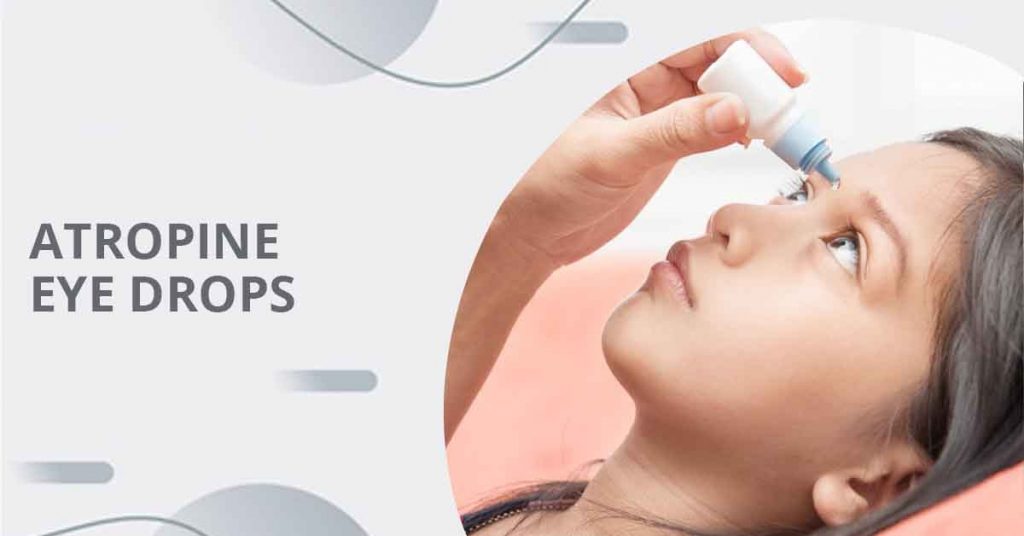
There is established data into the use of atropine eye drops to reduce myopia progression. Most of the scientific data comes from studies in Asian populations.
Although the exact mechanism of atropine in myopia control is still disputed, it is thought that it works on receptors on the retina or sclera (white of the eye), reducing stretching of the sclera and therefore eye growth.
Low dose atropine drops are available commercially and through compounding pharmacies, and instilled once daily into both eyes. At low concentrations, the drop is still effective while side effects are minimised.
It is unclear as to when treatment should be started and for how long it needs to be continued. When used low concentrations, the rebound effect after stopping the drops is minimal.
The most commonly prescribed concentration has been 0.01% drops, based on the ATOM trials. Newer research published in July 2020, from the LAMP trials, suggests that the 0.05% concentration is more effective without any significant increase in side effects.
Children who are most likely to respond are those whose myopia is related to growth in eye length over time. Eye length can be measured using a test called ‘A-scan’ or biometry. It is important to check the axial length as an objective measure of eye growth prior to and during atropine treatment.
Myopia therapy is best done when children are caught early. Treating children with myopia who already have -5.00 or higher is less likely to work.
Special contact lenses or Special lenses in glasses
Specialized soft bifocal contact lenses with a distance focus in the center appear to be promising, but there are no published randomized clinical trial data on their effectiveness.
Similarly, specialized glasses lenses improve focusing on the peripheral retina and can reduce myopia progression. There are currently no published randomized clinical trial data on their effectiveness.
Ortho-keratology
Ortho-keratology is treatment aimed at reshaping the cornea to improve vision and reduce myopia progression. Contact lenses are worn at night time which flatten the central cornea. There is some evidence to show that myopia progression is slowed during the period of treatment. There is a small risk of serious corneal infection and permanent scarring with this treatment.
It is recommended that children with high myopia be fully assessed to consider possible associated eye or systemic conditions.
Based on a comprehensive assessment, a personalized treatment plan can be made.
Links – WSPOS Myopia Consensus Statement – https://www.wspos.org/wspos-myopia-consensus-statement/
FAQs
- Are there any side effects to myopia treatment?
Some treatments, like atropine eye drops, may have mild side effects such as dry eyes or light sensitivity. - What is the best treatment option for myopia for my child?
The best treatment option depends on your child’s individual needs and the severity of their myopia. - Can child myopia be reversed?
Child myopia cannot generally be reversed. However, various interventions such as glasses, contact lenses, atropine drops, and orthokeratology can help manage and slow down the progression of myopia. Early diagnosis and appropriate treatments are crucial in minimising the impact on a child’s vision. - Does exercise or specific sports affect myopia?Regular physical activity, including outdoor play, is beneficial for overall health and well-being. While there is no direct link between specific sports and myopia, spending time outdoors can help reduce the risk of myopia development.
- Does sleep quality have any impact on myopia progression?
Getting adequate sleep is essential for overall health and development, including eye health. Poor sleep quality might be associated with increased risk of myopia in some studies. Aim for regular sleep schedules and healthy bedtime routines for your child. - How much screen time is too much for children with myopia?There isn’t a one-size-fits-all answer, as the recommended screen time limit for children with myopia can vary depending on their age, individual needs, and the type of screen activity.
Conclusion
In conclusion, the increasing prevalence of childhood myopia is a significant concern globally. Early diagnosis and interventions, including glasses, contact lenses and atropine drops offer hope in managing myopia progression.
Author Bio
Dr Parth Shah is a an experienced ophthalmologist in Canberra, specialising in cataract surgery. With extensive training and experience, he is renowned for his expertise in the field. Dr Shah is dedicated not only to performing successful surgeries but also to patient education. His compassionate approach, combined with technical proficiency, has earned him the trust and gratitude of countless patients. He is a true advocate for eye health and a trusted name in the Canberra ophthalmology community.


